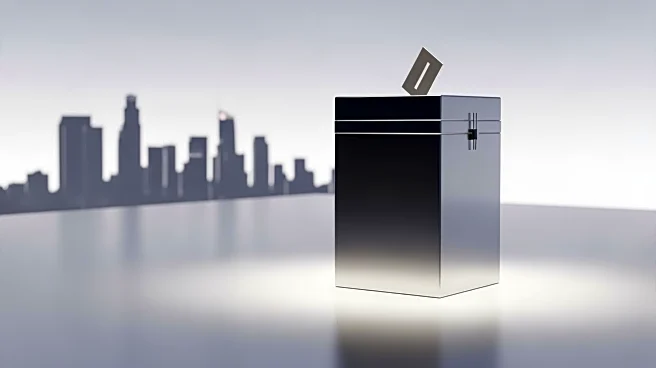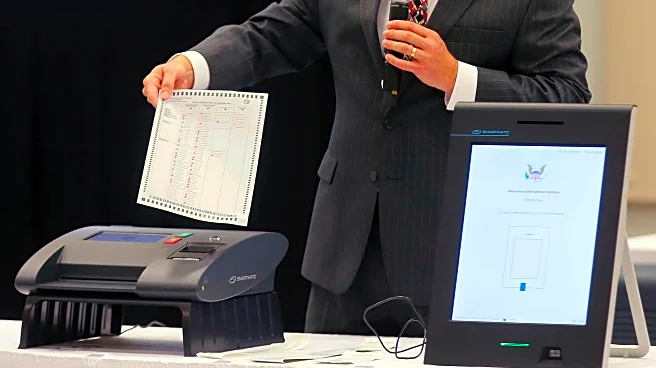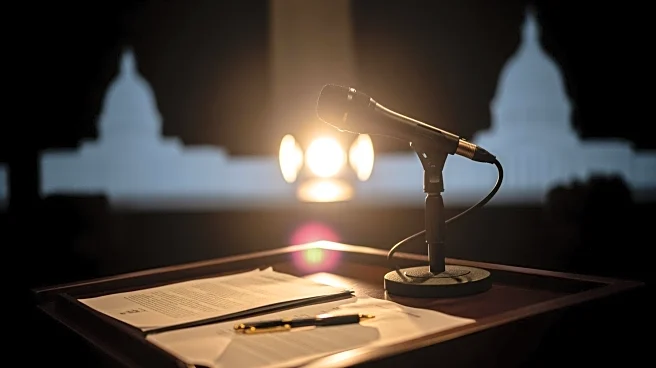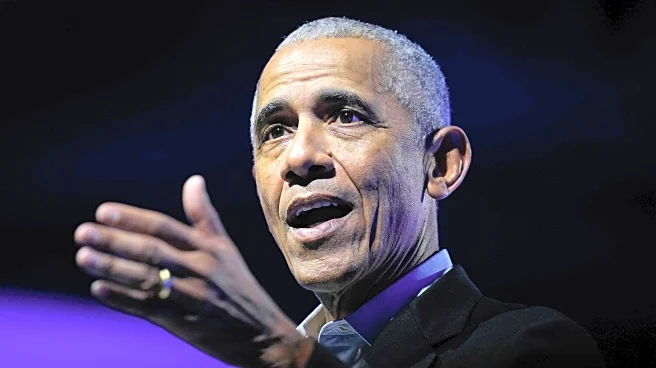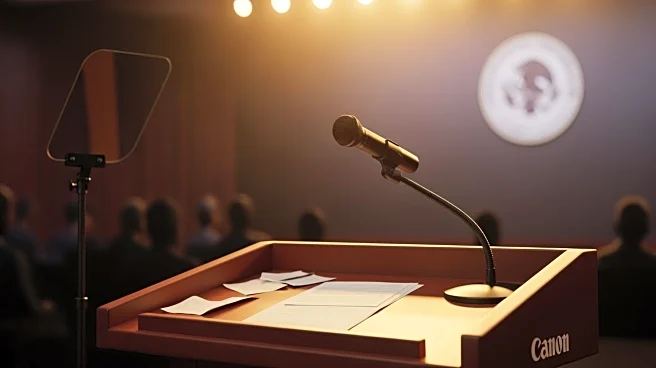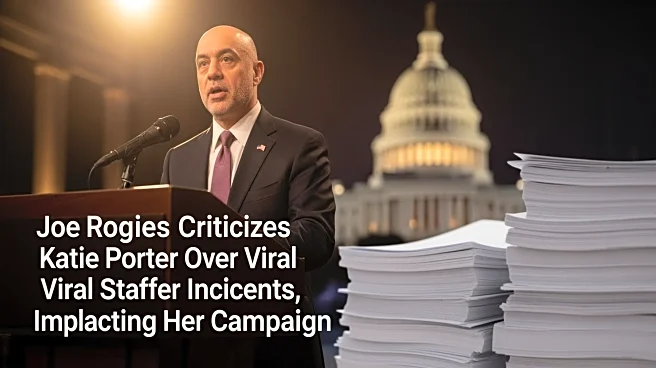What's Happening?
A recent letter to the editor in the Los Angeles Times addresses and debunks a conspiracy theory regarding the integrity of mail-in voting in Los Angeles County. The theory suggested that voters' preferences
could be seen through holes in the return envelopes, potentially compromising ballot privacy. However, the letter clarifies that the design of the ballots and envelopes in Los Angeles County prevents this issue. The 'yes' and 'no' voting circles are positioned less than an inch from the ballot fold, while the holes in the envelope are located two inches from the bottom and four inches from the top, making it impossible to view the voting preference through the envelope. This clarification comes amid broader concerns about election security and the integrity of mail-in voting processes.
Why It's Important?
The debunking of this conspiracy theory is crucial in maintaining public confidence in the electoral process, especially in a populous area like Los Angeles County, which represents a significant portion of California's ballots. Ensuring the privacy and security of mail-in voting is essential for upholding democratic principles and encouraging voter participation. Misleading claims can undermine trust in the system, potentially discouraging voters from using mail-in ballots, which are a vital component of accessible voting. By addressing these concerns, election officials and media outlets can help reinforce the integrity of the voting process and prevent the spread of misinformation.
What's Next?
As the election approaches, it is likely that election officials will continue to address and clarify any misconceptions regarding voting procedures to ensure public confidence. Efforts may include increased communication and transparency about ballot design and security measures. Additionally, there may be further scrutiny and fact-checking of claims related to election integrity, especially in areas with high voter turnout. Stakeholders, including political leaders and civil society groups, may advocate for continued vigilance against misinformation to protect the democratic process.
Beyond the Headlines
The issue highlights the broader challenge of combating misinformation in the digital age, where conspiracy theories can quickly gain traction. It underscores the importance of media literacy and critical thinking among the public to discern credible information from false claims. Furthermore, it raises ethical considerations about the responsibility of media outlets and public officials to provide accurate information and prevent the spread of unfounded theories that can impact public perception and behavior.
